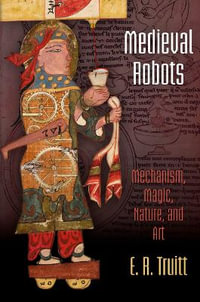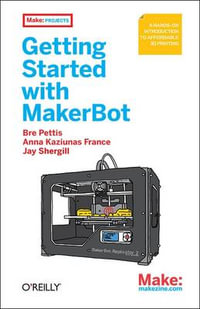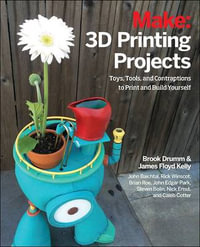
Motion Planning in Medicine
Optimization and Simulation Algorithms for Image-Guided Procedures
By: Ron Alterovitz, Ken Goldberg
Paperback | 22 October 2010
At a Glance
Paperback
$216.36
Aims to ship in 7 to 10 business days
ISBN: 9783642088742
ISBN-10: 3642088740
Series: Springer Tracts in Advanced Robotics
Published: 22nd October 2010
Format: Paperback
Language: English
Number of Pages: 174
Audience: Professional and Scholarly
Publisher: Springer Nature B.V.
Country of Publication: DE
Dimensions (cm): 23.39 x 15.6 x 0.94
Weight (kg): 0.25
Shipping
| Standard Shipping | Express Shipping | |
|---|---|---|
| Metro postcodes: | $9.99 | $14.95 |
| Regional postcodes: | $9.99 | $14.95 |
| Rural postcodes: | $9.99 | $14.95 |
How to return your order
At Booktopia, we offer hassle-free returns in accordance with our returns policy. If you wish to return an item, please get in touch with Booktopia Customer Care.
Additional postage charges may be applicable.
Defective items
If there is a problem with any of the items received for your order then the Booktopia Customer Care team is ready to assist you.
For more info please visit our Help Centre.
You Can Find This Book In
This product is categorised by
- Non-FictionEngineering & TechnologyElectronics & Communications EngineeringElectronics EngineeringAutomatic Control EngineeringRobotics
- Non-FictionComputing & I.T.Computer ScienceArtificial IntelligenceComputer Vision
- Non-FictionComputing & I.T.Graphical & Digital Media ApplicationsDigital Animation
- Non-FictionMedicineNursing & Ancillary ServicesBiomedical Engineering
- Non-FictionMathematicsApplied Mathematics
- Non-FictionMedicineMedicine in GeneralMedical Equipment & Techniques
- Non-FictionMedicinePre-Clinical Medicine & Basic Sciences
- Non-FictionEngineering & TechnologyTechnology in GeneralEngineering in General
- Non-FictionReference, Information & Interdisciplinary SubjectsResearch & InformationInformation theoryCybernetics & Systems Theory
- Non-FictionComputing & I.T.Computer ScienceImage Processing























